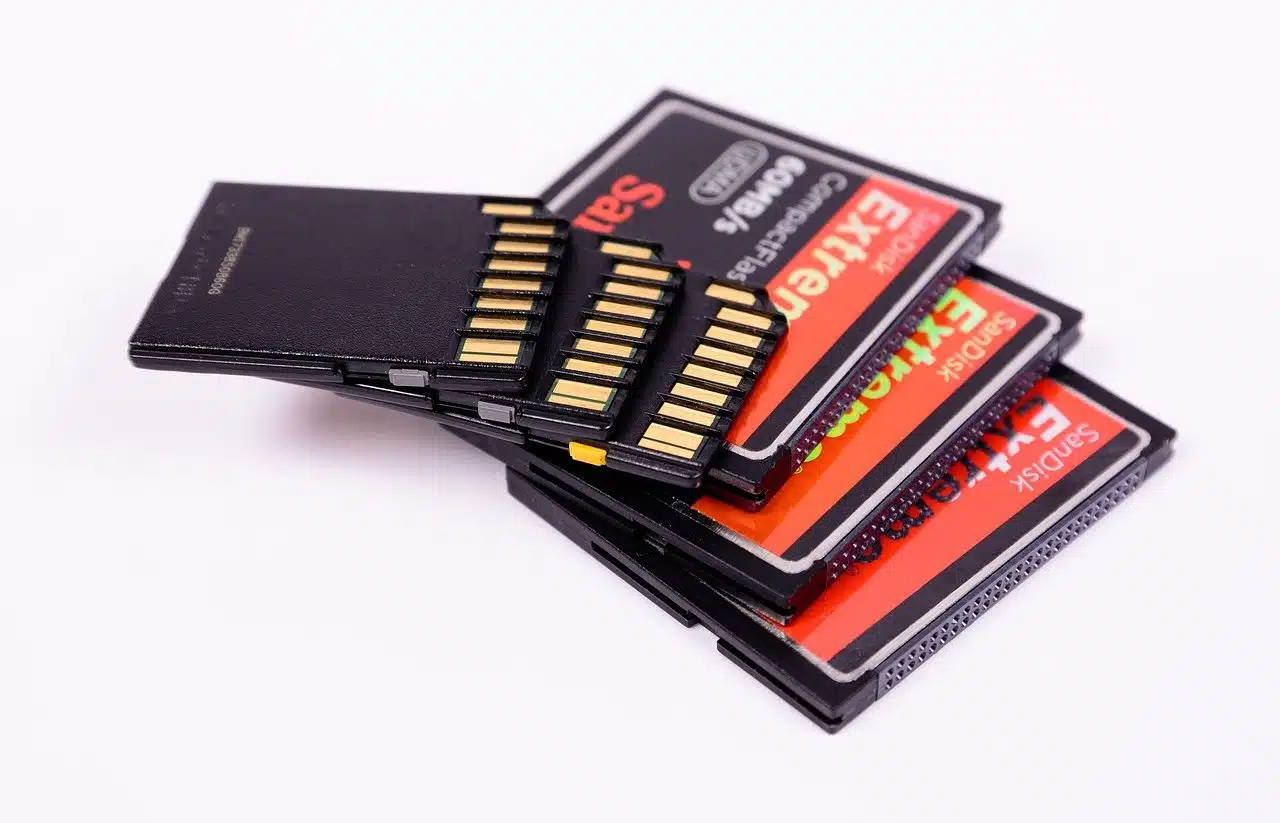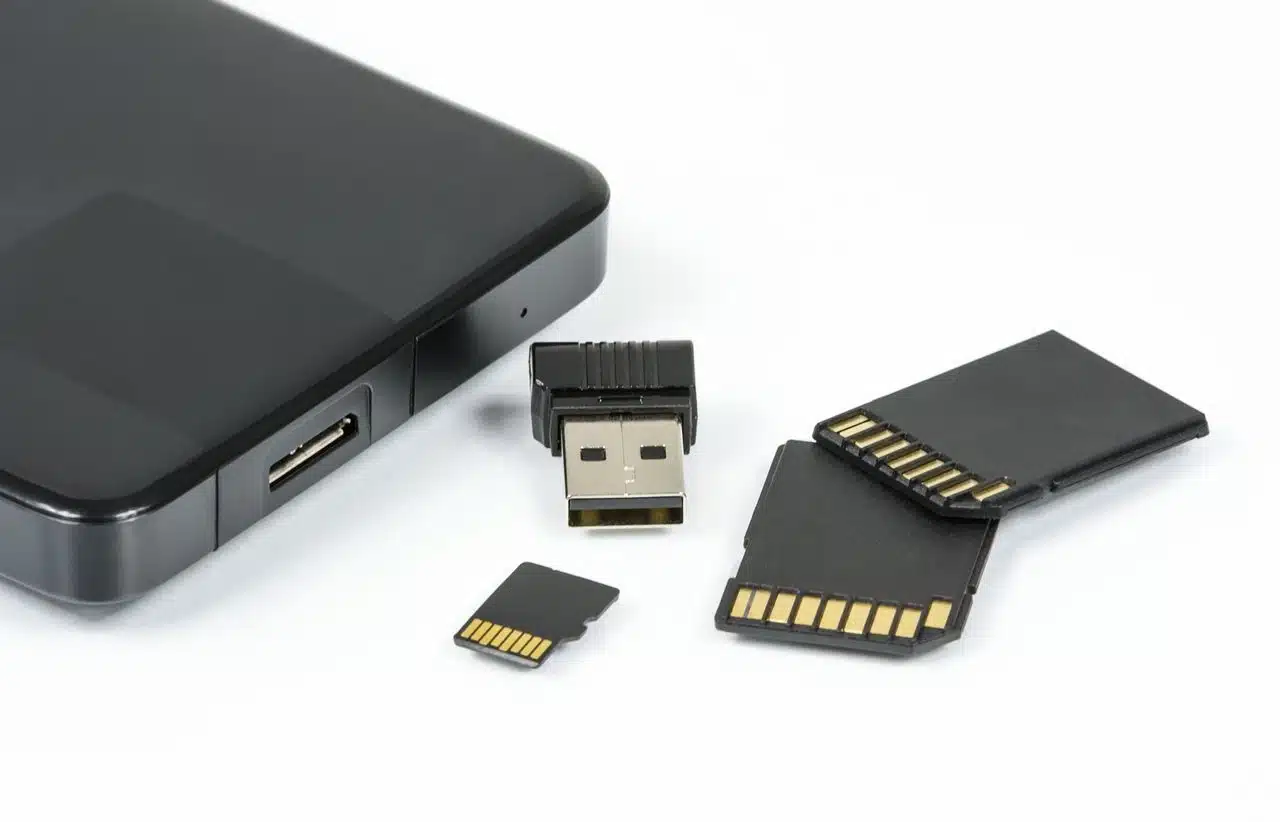
A memory card allows you to store information.
Memory card is a concept that is used in the field of technology . The notion is formed from the ideas of a card (an object that records certain information) and memory (the ability to store information).
A memory card, in this way, is an element that allows you to store different types of digital data . It is non-volatile memory : it retains data even if it is not connected to a power source.
Using memory cards
Memory cards, therefore, are used to store data from different kinds of computers ( computers ), video game consoles , cell phones ( mobile phones ), cameras and other devices : when these machines are turned off, the information can be stored on the card.
The memory card also makes it easier to transfer information from one computer to another (for example, photographs taken with one camera can be stored on a memory card and then used on another camera, simply using the same card).

Memory cards are used in different devices.
Storing information in bytes
It should be noted that memory cards are chips ; that is, integrated circuits. The data , whether photographs, audio or other types of content, are stored in the form of bytes .
Beyond their common characteristics, it is important to keep in mind that the same memory card cannot be read by any device since not all of them are compatible, and here factors such as the operating system, the file system and the reading and storage technology.
The lack of compatibility is not always "natural" or, rather, it does not always have to do with facts that are impossible to avoid, such as a fundamental difference between two technologies ; On the contrary, it is usually due to issues related to protection against piracy or the rights and patents of each device.
As a result of piracy, the memory card considerably facilitates the transfer of information, especially if we compare it with optical discs (such as CDs or DVDs), since the saving process is faster and more flexible, its size is considerably smaller and is less prone to damage. If we add this to its ever-increasing capacity , we have a device that can be used with good intentions, to store our own data, or to easily steal and distribute other people's information .
Memory cards in video games
In the case of video game consoles, memory cards allow, among other things, to save games in progress. This allows the player to continue the game at another time, even after turning off the console . Until the late 1980s, video games did not allow this action, so common today, which is why most of them required players to complete them in a single session.
This fundamental difference between so-called "retro" games and current ones is also reflected in the length of their campaigns and the dimensions of their levels: thanks to the possibility of storing progress on a memory card, there is no conventional limit to the number of hours a video game should last; On the contrary, the longer it is, the better it is usually seen by the community. In some cases, we are talking about more than 1000 hours, that is, more than 40 days if it were mandatory to play without interruptions, something clearly impractical.
It is worth mentioning that this limitation did not always prevent the games from being extensive or varied: some printed a key on the screen at the end of each level, which had to be entered in order to continue from that point the next time the player turned on the console; Others, like Super Mario Bros. 3 , opted for multiple routes in a series of immense worlds full of secrets, so that they could be traveled in a different way each time, since going through each of their levels in a single session would have been almost impossible.
